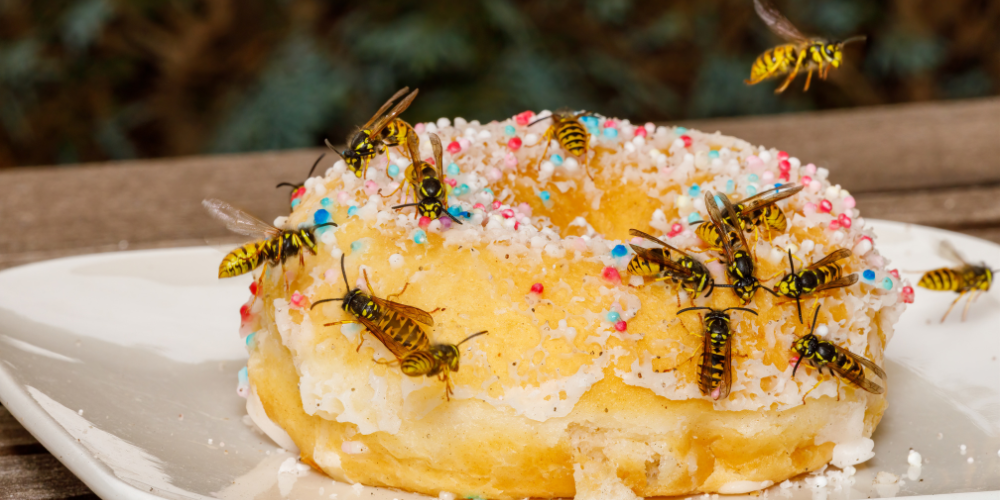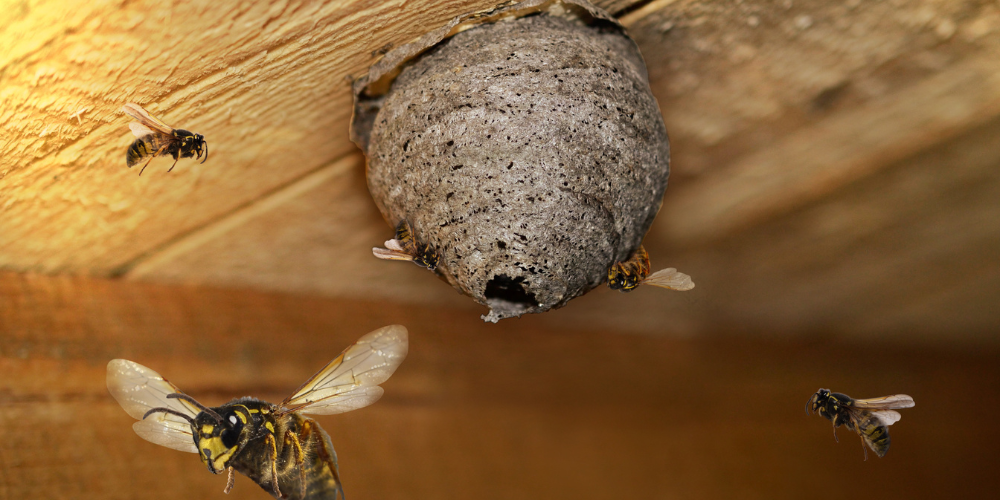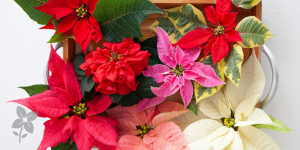If you’re like many Albertans, you’ve likely noticed an increase in wasps this summer—but why?
With reports of higher-than-normal pest control calls it’s definitely time to get to the bottom of what’s bringing in larger nests this year, and what we can do about it. If you’re ready to tackle wasp invasions head-on in Edmonton this summer and fall, read on!

Why Are Wasps Crashing the Party?
Wasps seem to be everywhere these days, but what’s driving them in such large numbers?
Well, for starters, environmental changes could be playing a significant role. This year’s wet spring and hot summer paved the perfect path for an abundance of aphids, a favourite snack for hungry wasp populations.
But there’s more to it than just climate; wasps are opportunistic feeders, and are attracted to sugary drinks, leftover food, and even the flowers in your garden. They have a lot of babies to feed early in the season, but as summer moves on, they become increasingly active.
If hot weather continues into September and October, colonies will get bigger as wasps reproduce and you may just have a nest of your own to deal with. Their numbers also peak in late summer when their natural food sources dwindle, making your outdoor picnic or backyard BBQ the next best option on the menu.
Wasp-Proofing Your Yard and Garden
Now, let’s talk about how to stop wasps from setting up camp in your yard. Preventing wasp nests in your garden starts with your plant choices. While vibrant, sweet-smelling flowers are a delight in any landscape, they’re also a beacon for wasps. To counteract this, plant herbs like mint, thyme, or eucalyptus, which act as natural deterrents.
Garden maintenance is another critical factor. Wasps love to nest in undisturbed areas, so keep your garden tidy by regularly trimming shrubs and removing any potential nesting sites, like piles of wood or abandoned rodent burrows. When planning your next backyard project, incorporate plants that are less attractive to wasps and place decoy nests around your yard, which can trick wasps into thinking the area is already claimed.
It’s also a good idea to clean up any food remains after any outdoor dining. Wash down tables and chairs to prevent sugary build-ups and make sure food waste is properly disposed of indoors or in compost bins.

Dealing with Wasp Invasions
But what if it’s too late, and you already have wasps making themselves at home in your garden? Don’t panic—there are ways to deal with these invaders. First, identify the type of wasp you’re dealing with, as this will determine the best course of action.
If the wasps are simply hovering around your space, use natural wasp repellents for yards, like hanging slices of cucumber, which they dislike, or using a homemade spray of water, peppermint oil, and a touch of dish soap around the areas they frequent. For more serious infestations, you’ll likely need to bring out the big guns: wasp traps! These traps, like Wasp-Be-Gone!, lure wasps in with bait, usually something sweet, and keep them from pestering you and your guests.
If you’re dealing with an active nest, it’s essential to handle it with care. Early morning or late evening, when wasps are less active, is the best time to remove nests. Ground nests can often be managed by flooding the entrance with soapy water, but aerial nests hanging from trees or eaves are a bit trickier. Remember: if you’re ever unsure or uncomfortable with any of these methods, there’s no shame in calling in the pros!

Keeping the Buzz at Bay Indoors
Now, let’s address the nightmare scenario: a wasp indoors. Wasps inside the home are not only a nuisance but also a potential danger, especially if you have children or pets. To avoid this, seal entry points like windows, doors, and vents, and seal any gaps or cracks in your home’s exterior with caulk or weather stripping.
Again, be mindful of food and drink—both inside and out. Wasps are drawn to sugary substances, so keep those sweet treats covered. If you do find a wasp inside, try to remain calm and guide it out with a gentle breeze from a fan or by opening a window.
Never swat at a wasp! Swatting at it can encourage the wasps to release an alarm pheremone which will not only attract more wasps from the same nest, but from other nests, too. Standing still until it moves along is your best bet—inside our out!
A Sting-Free Summer
Wasps may be more common in Alberta this year than ever, but with a little knowledge and some proactive measures, you can keep them at bay and enjoy your outdoor space without worry. From choosing the right plants and maintaining your garden to knowing how to safely remove nests, you now have the tools to get rid of wasps in your Edmonton backyard and beyond.
Remember, a little preparation goes a long way towards ensuring your summer stays sting-free.
We hope these tips help you manage the wasp situation in your yard and home. If you’ve had any encounters with these pesky critters or have tips of your own on how to get rid of wasps, we’d love to hear about them!
Here’s to a wasp-free, worry-free season!















